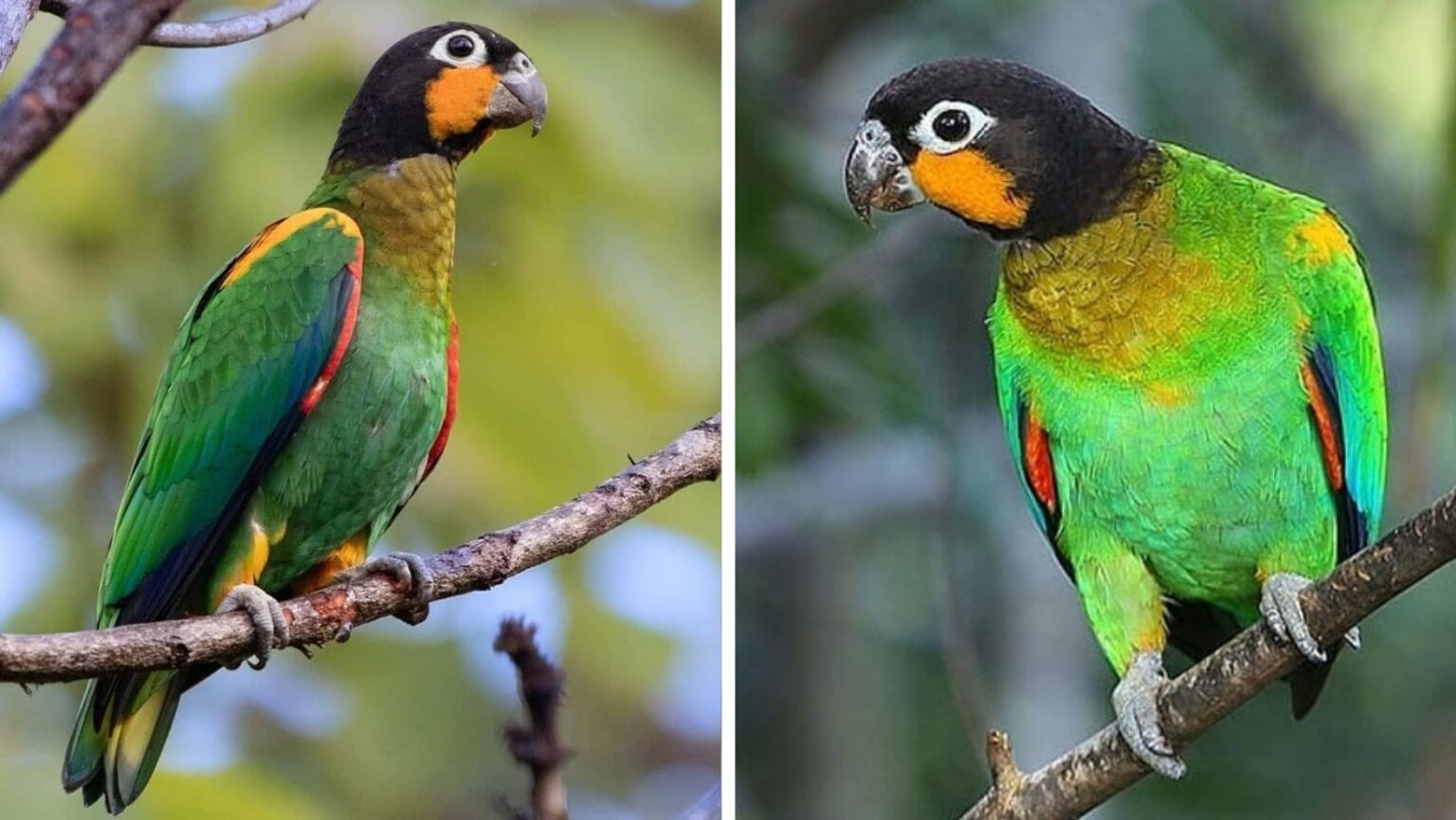
A bird that puts on a magnificent display with those signature cheeks in a rich combination of green, red, blue, and orange!
MEET THE ORANGE CHEEKED PARROT
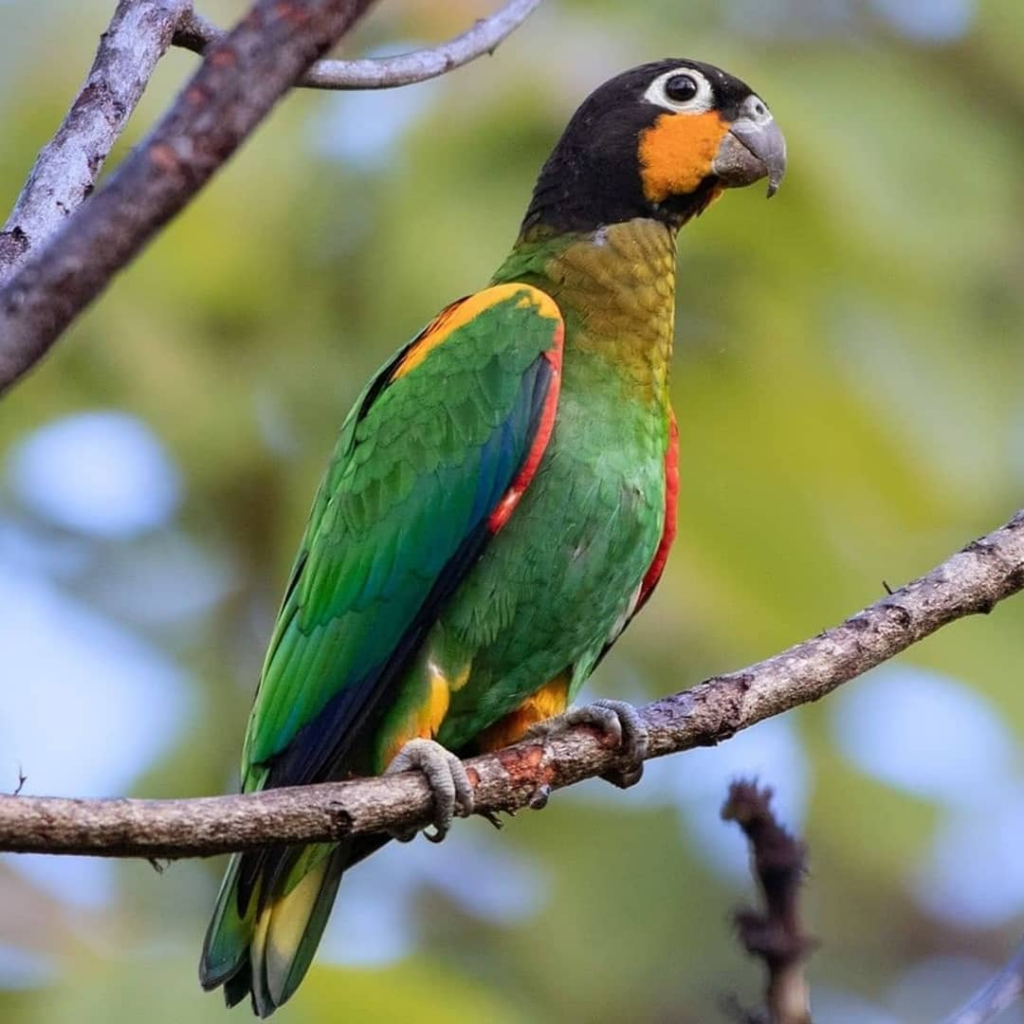
The orange-cheeked parrot (Pyrelia barabandi), also known as the barraband parrot, measures 10 inches (25 cm) from the tip of its head to the tip of its tail. The usually green bird is instantly colorful with its orange-yellow cheeks, olive-yellow breast, and yellow thighs. The wing shoulder areas are orange-yellow-red as are the lower wing courts. The long and short wing feathers are mainly black in color while the middle tail feathers are tipped in blue. Others have yellow markings on the inner webs of the tail feathers. This form of bird ends with a black hood on the head, a black bill, and white rings around the eyes.
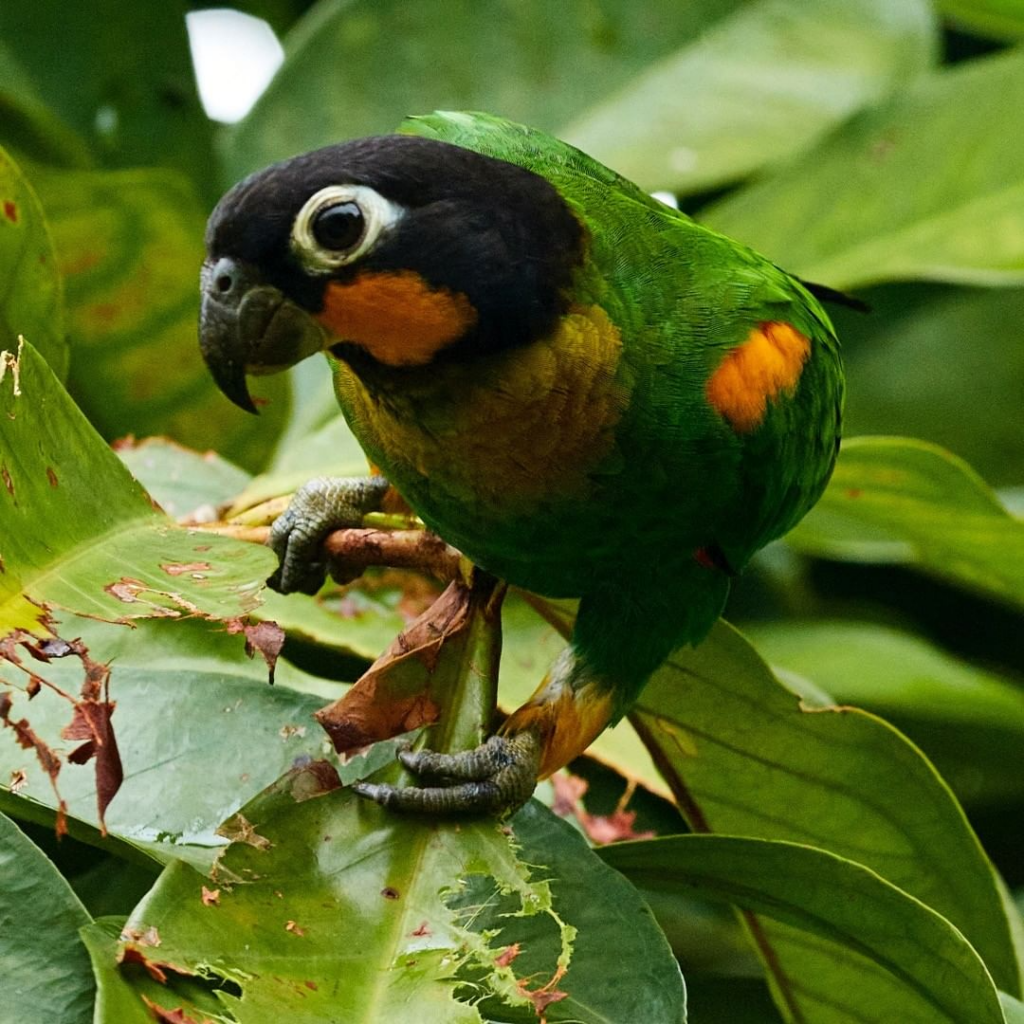
Females become sexually mature at one year of age and males at two years of age.
Juvenile birds have a light color on their head. Their forehead, nape, cheeks, and chin are streaked with olive-green-brown.
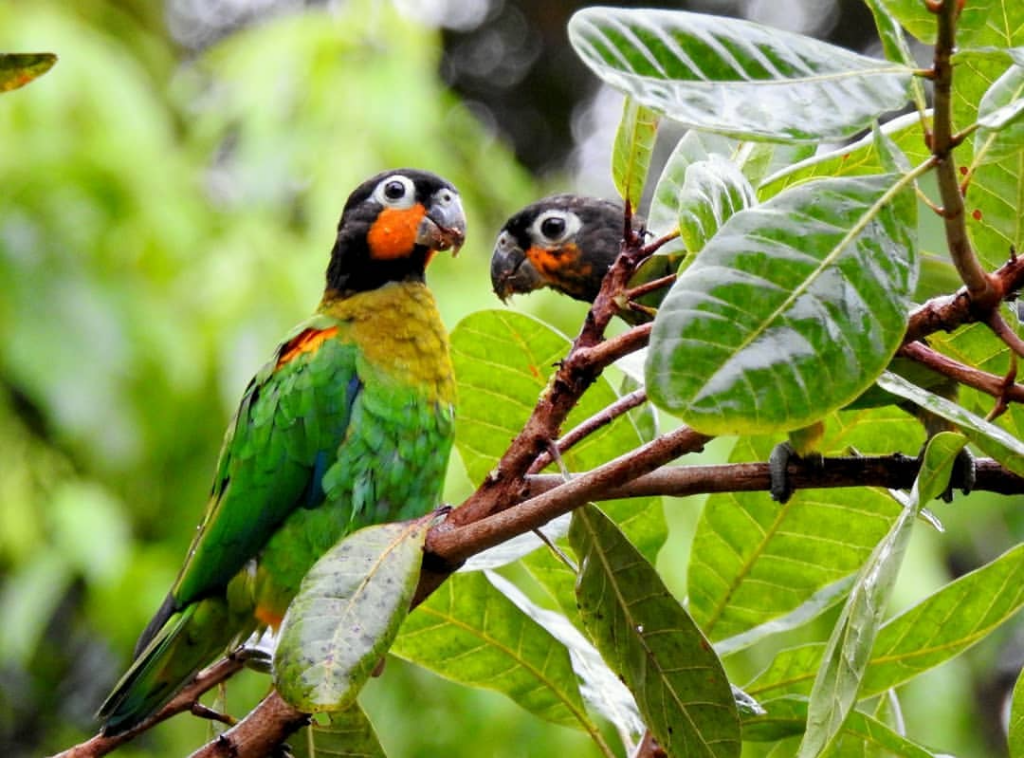
These birds are found in the Amazonian Andes, in the humid lowland forests of the south-central Amazon Basin in northwestern, southwestern, and South America.
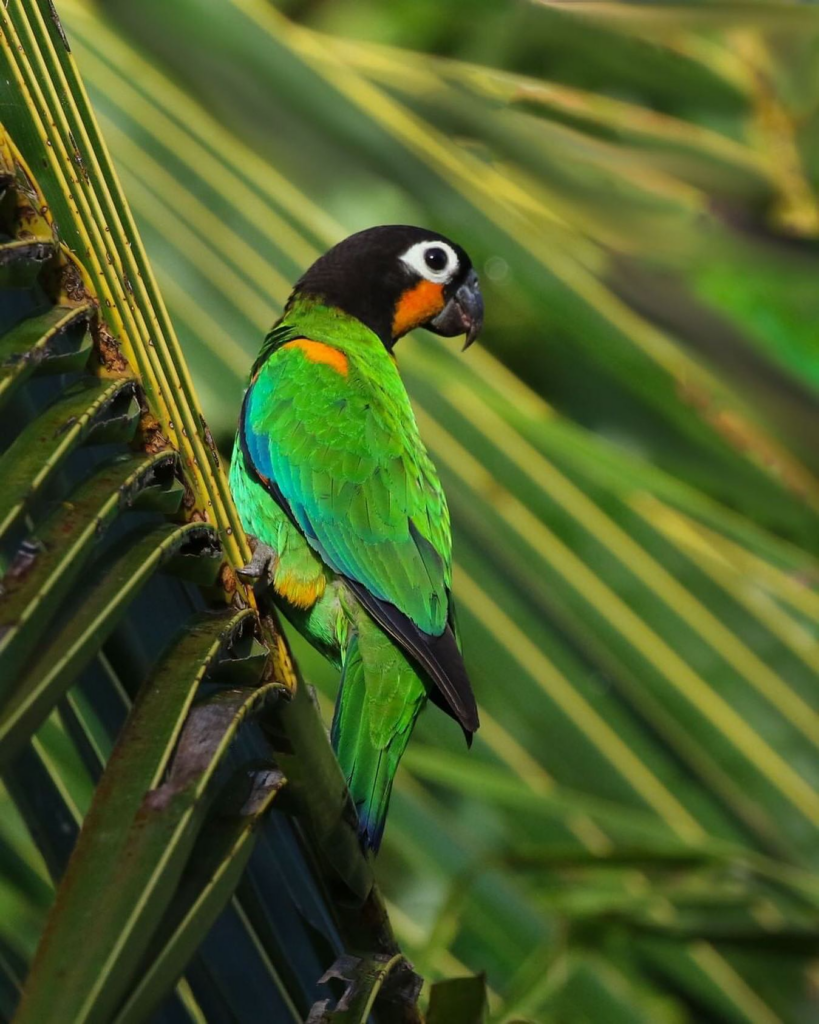
They can be found in Brazil, southern Venezuela, southern Bolivia, Ecuador, Peru, and west to eastern Colombia.
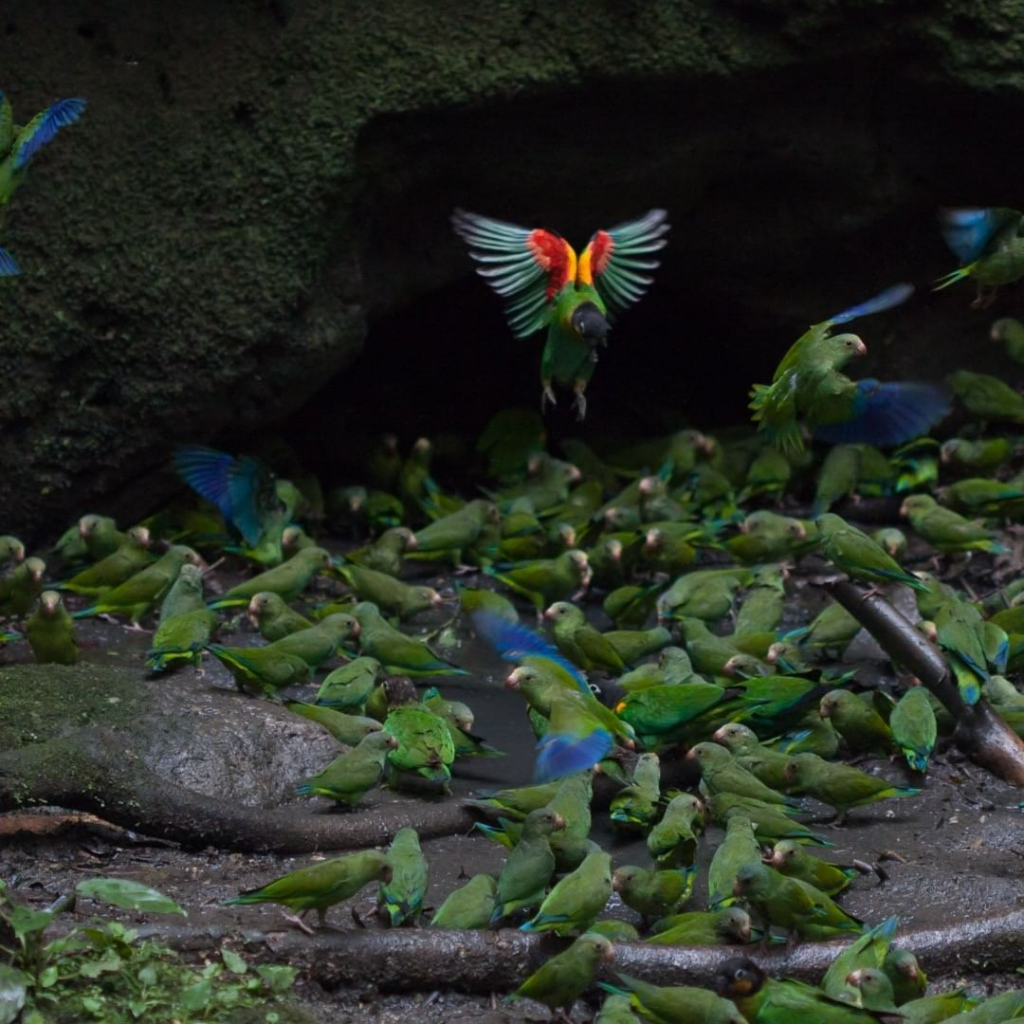
These birds are more common in the upper forest areas.
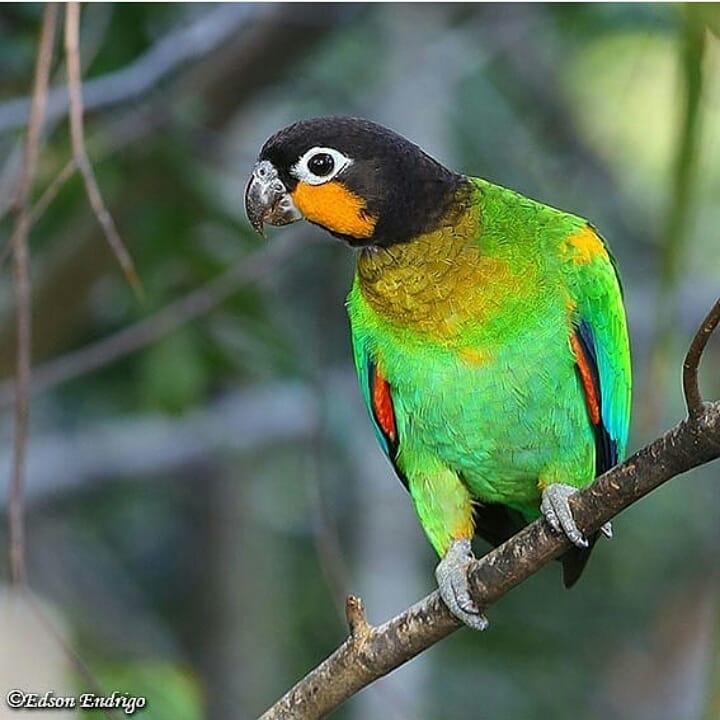
Orange-bellied parrots feed on seeds, fruit, and wasp larvae in the forest by foraging in or just below the canopy.
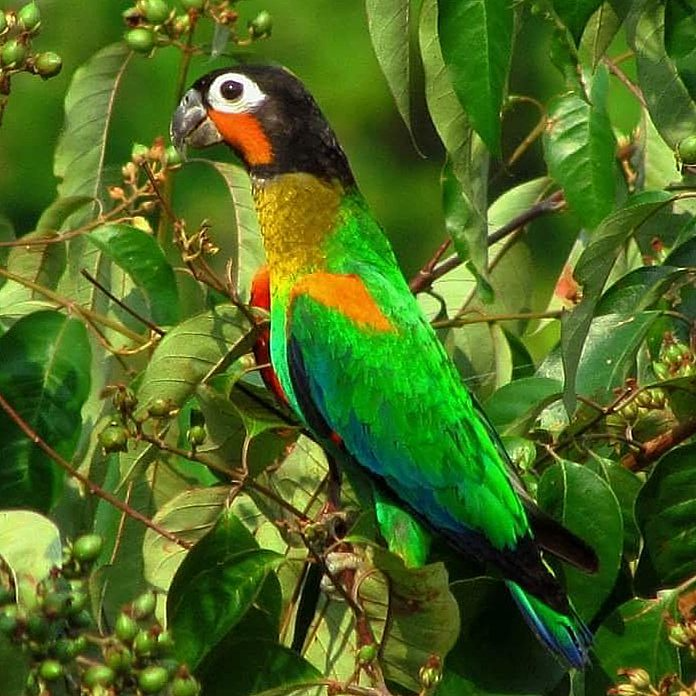
In captivity, the breeding season begins in March, while in the wild they breed in tree hollows between September and December. The hen lays six eggs in the cavity after which they incubate for about 20 days. Although she incubates the eggs, the male will help her raise the young. Chicks fledge after 35 to 45 days of age and become independent after 50 days.
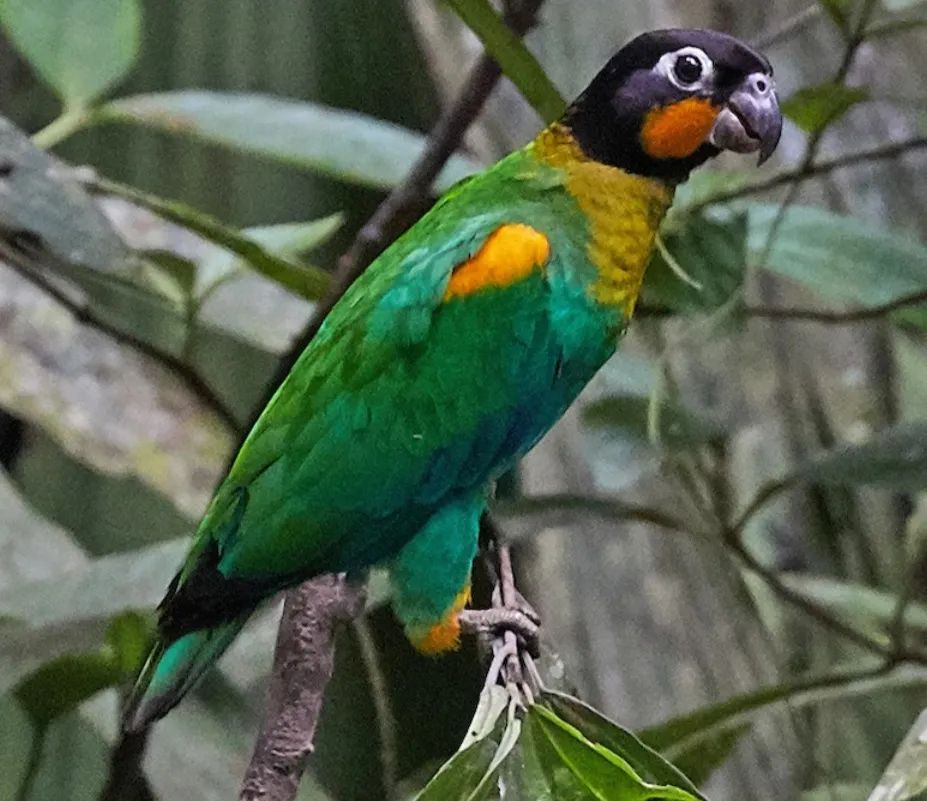
Although the species is currently threatened by deforestation, it is still considered Least Concern on the IUCN Red List.
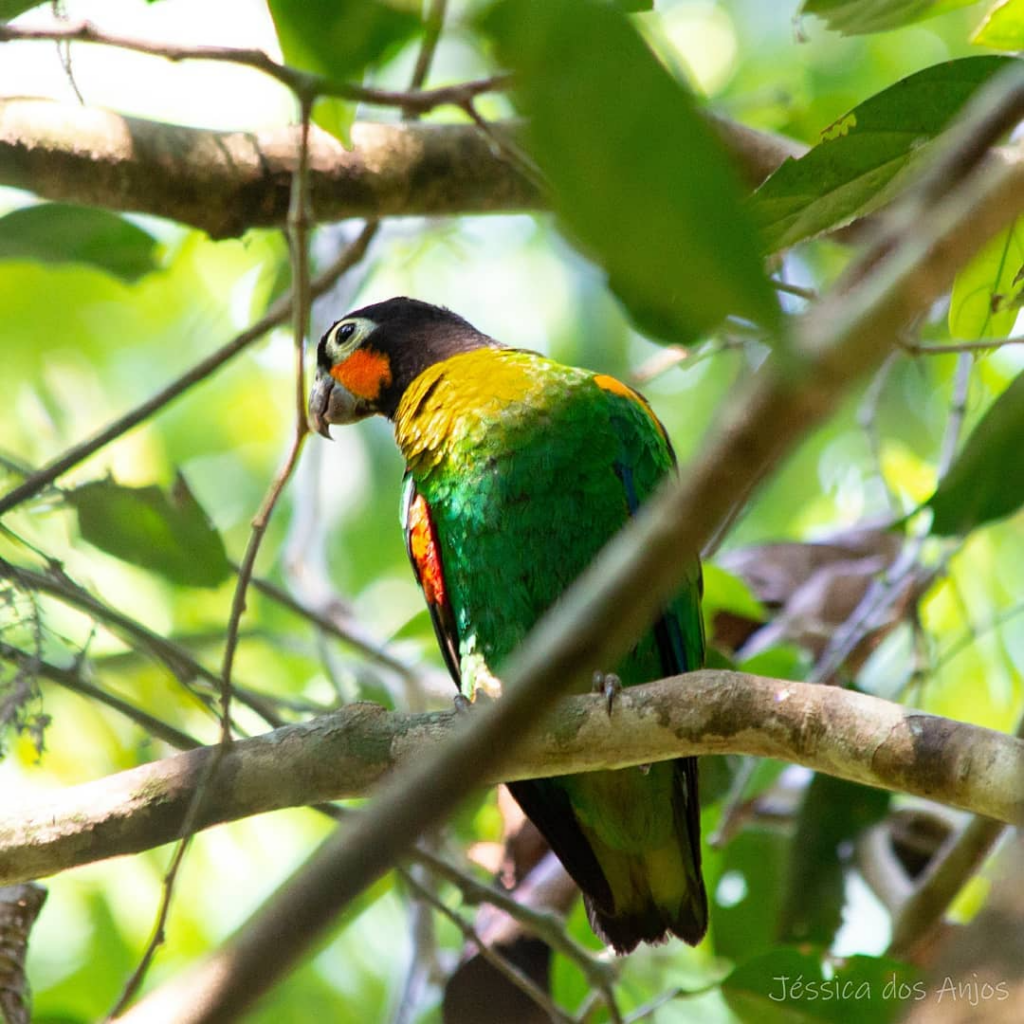
Read Also: For the first time in 130 years, a super rare dwarf Kingfisher has been Over Looked by Scientists